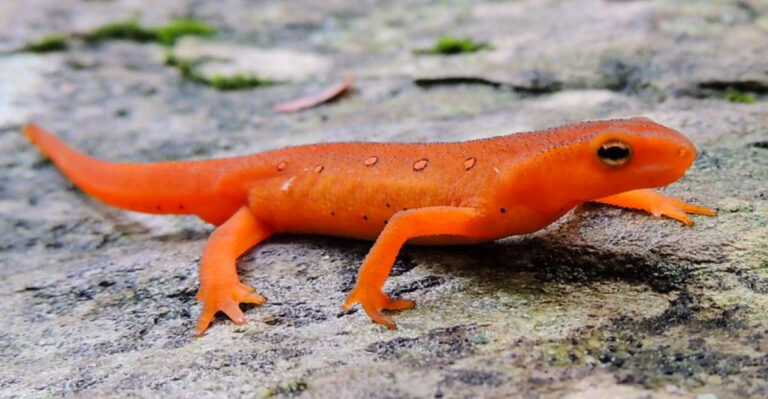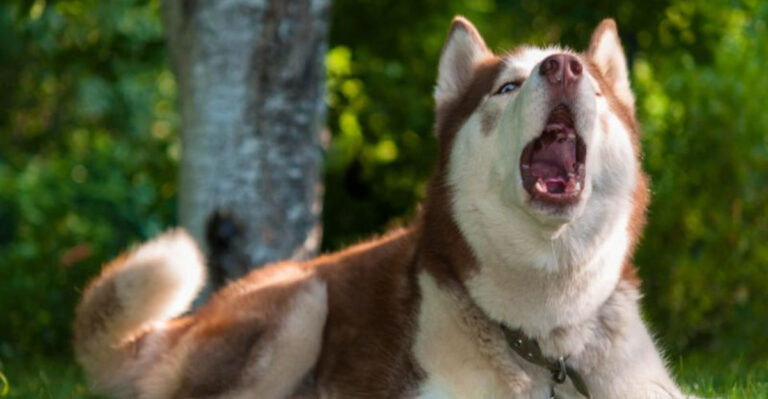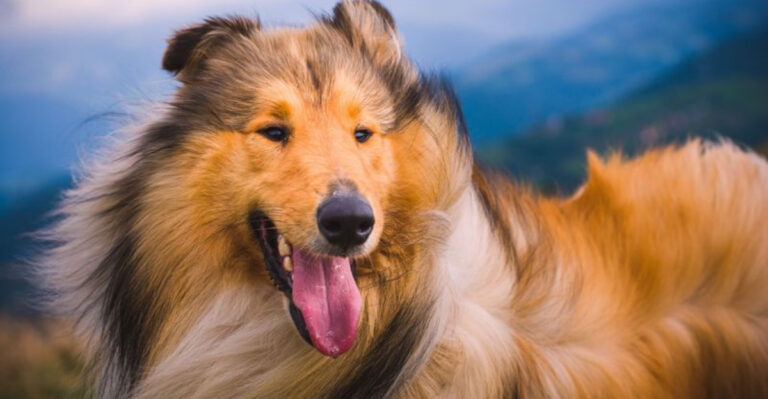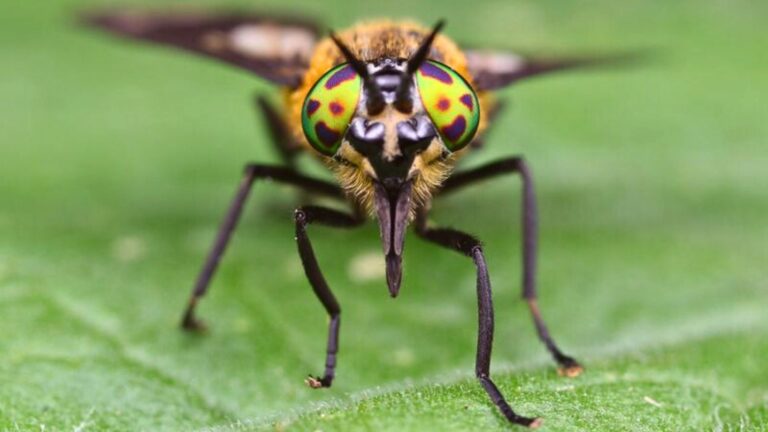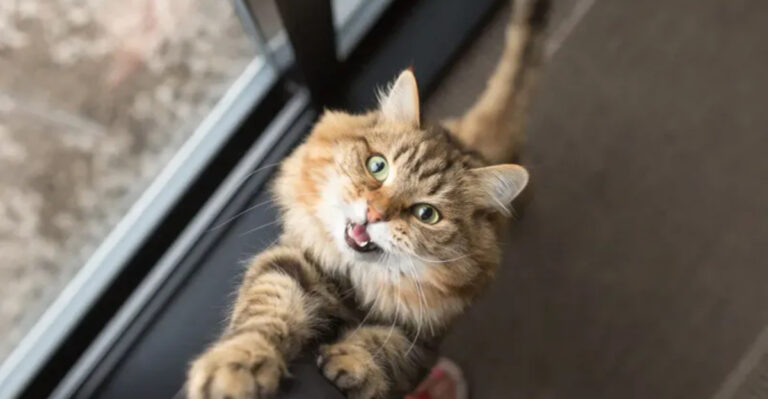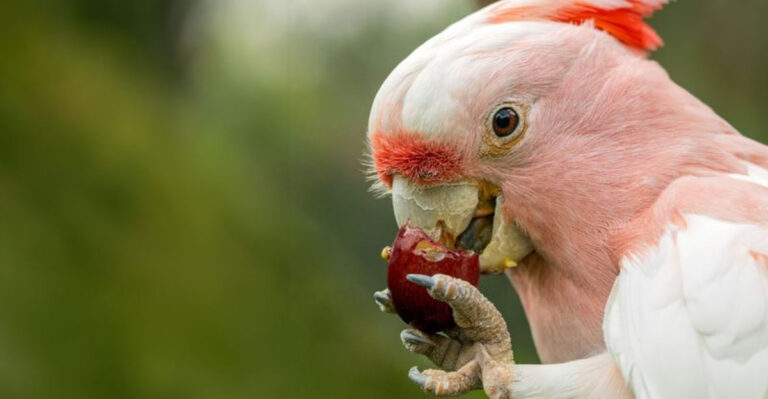12 Ceremonial Roles Animals Still Play In Military Tributes
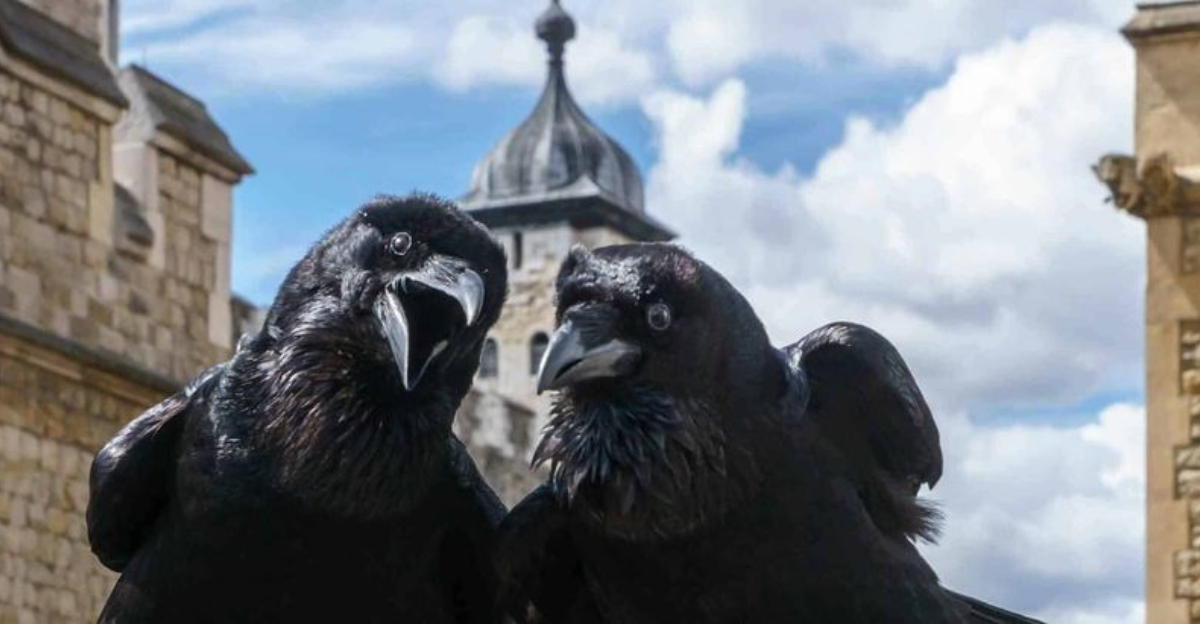
Throughout history, animals have stood beside soldiers in both battle and ceremony. From horses carrying commanders into war to carrier pigeons delivering crucial messages, these loyal creatures have earned their place in military tradition.
Today, many animals continue to play important roles in military ceremonies around the world, honoring the past while creating powerful moments of remembrance and respect.
1. Caparisoned Horses Leading Funeral Processions
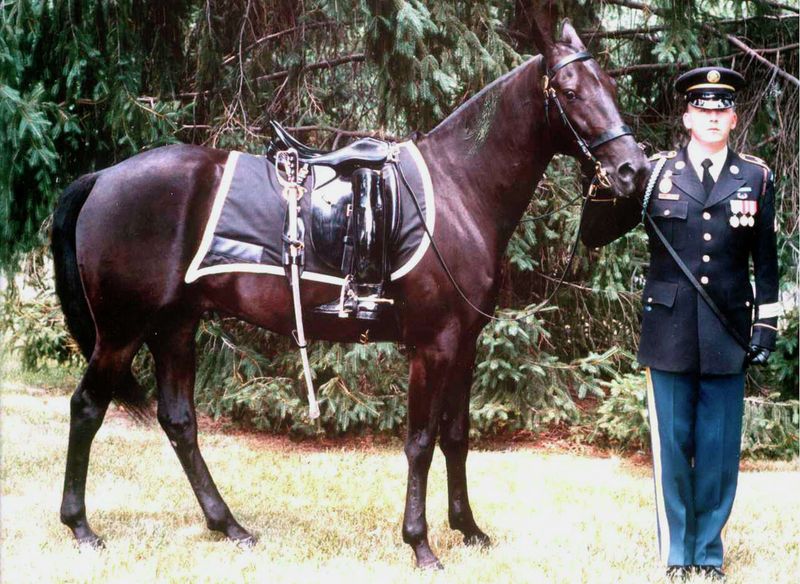
A riderless horse with boots reversed in the stirrups creates one of the most powerful symbols in military funeral traditions. Dating back to ancient Rome, this practice features a caparisoned horse – draped in special cloths – following the casket of fallen military leaders.
The empty saddle and backward boots represent a fallen warrior who will never ride again. This tradition honored presidents including Abraham Lincoln and John F. Kennedy at their funerals. The horse, often a dark bay or black, walks with deliberate steps, the empty saddle a stark reminder of sacrifice.
2. Ravens Guarding The Tower Of London
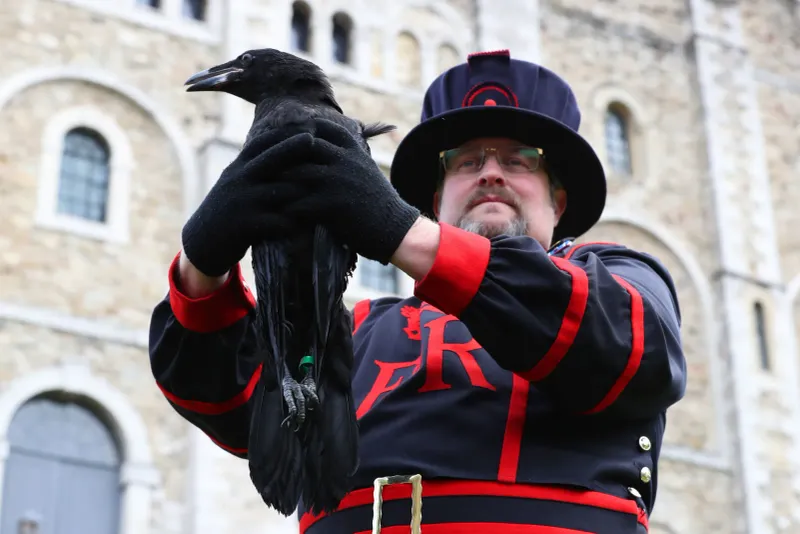
Six ravens maintain their centuries-old watch over the Tower of London, protected by royal decree. Legend claims that should these birds ever leave, the Crown and Britain itself will fall. The Yeoman Warders (Beefeaters) care for these intelligent birds, which have become living symbols of the nation’s military heritage.
Each raven receives a military-style rank and has one wing clipped to discourage flight. During formal ceremonies, these glossy black sentinels observe from their perches with ancient dignity. The Ravenmaster, a military position, ensures their wellbeing as part of his official duties.
3. Dolphins Detecting Underwater Threats
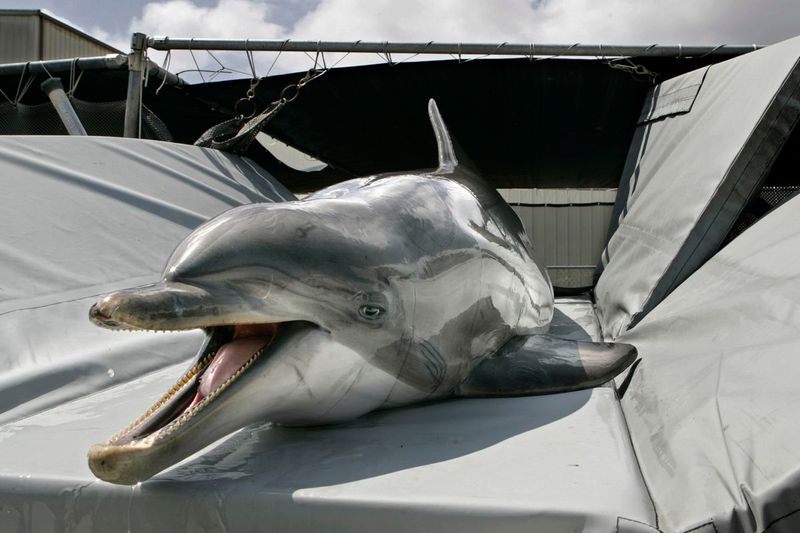
The U.S. Navy’s Marine Mammal Program showcases these remarkable marine animals during military demonstrations. Bottlenose dolphins, with their natural sonar abilities, locate underwater mines and recover equipment with precision that still outperforms technology.
During naval ceremonies and demonstrations, these intelligent mammals display their training alongside their human handlers. The bond between military trainers and dolphins represents years of mutual trust and specialized communication techniques.
When naval bases host public events, the dolphins often perform ceremonial demonstrations that highlight their contribution to national security while educating civilians about marine mammal capabilities.
4. Bald Eagles Released At Veterans’ Events
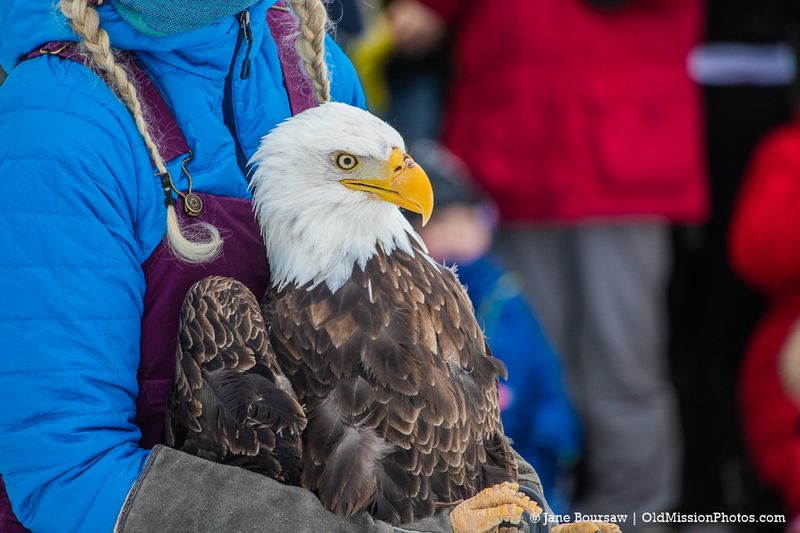
The majestic symbol of American freedom soars over military ceremonies in breathtaking moments of patriotic reverence. Rehabilitation centers partner with military organizations to release healed eagles during significant events like Memorial Day services.
As the national bird spreads its impressive wingspan above gathered veterans, the powerful symbolism creates an emotional connection between natural freedom and military sacrifice. These releases typically feature eagles that have recovered from injuries and can return to the wild.
The Veteran’s Eagle Release Program specifically coordinates these ceremonies, bringing together wildlife conservation and military tribute in a unique partnership that honors both natural heritage and human service.
5. Military Working Dogs Receiving Honors

Four-legged veterans earn their own medals and retirement ceremonies after years of dangerous service. Military working dogs who complete their service receive formal recognition, with handlers presenting special K-9 medals during ceremonies that mirror those for human soldiers.
These ceremonies include the playing of military music, presentation of service awards, and sometimes the “reading” of the dog’s service record. Many bases maintain memorial walls honoring K-9s who died in service.
After retirement, these canine heroes often participate in Veterans Day parades and military remembrance events, wearing their medals and ceremonial harnesses as symbols of their contributions to national security.
6. Naval Goat Mascots Leading Parades
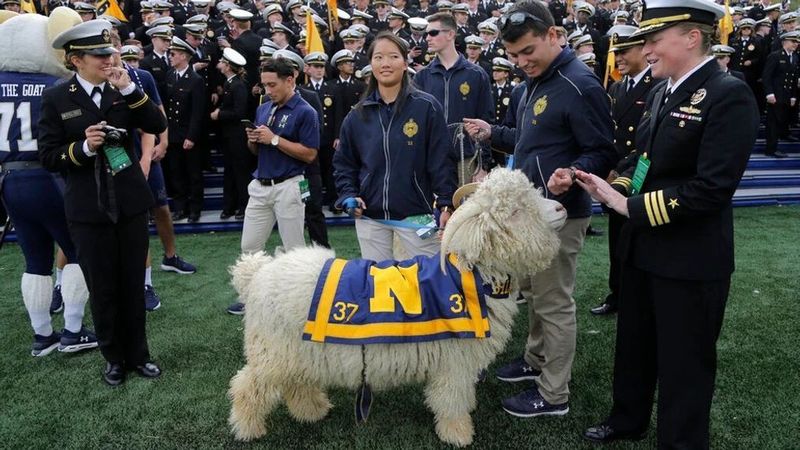
Bill the Goat prances proudly before midshipmen at U.S. Naval Academy events, continuing a tradition dating to the 1890s. Dressed in a special blue and gold blanket, this living mascot leads ceremonial parades and appears at football games as a symbol of naval heritage and fighting spirit.
The goat’s handlers, known as “Goat Guardians,” are specially selected midshipmen who consider their role a high honor. During commissioning ceremonies and other formal military events, Bill makes official appearances alongside high-ranking officers.
The current Bill is actually Bill XXXVII, as each mascot inherits the name upon taking up duties, creating an unbroken line of ceremonial animals representing naval tradition.
7. Cavalry Horses In Changing Of The Guard
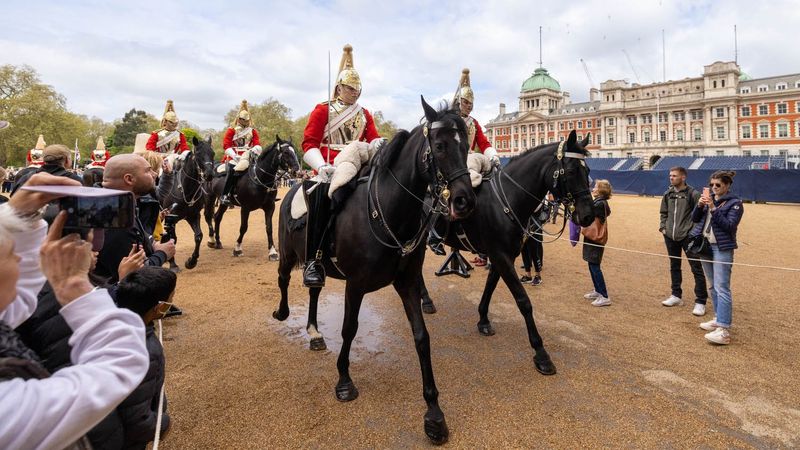
The Household Cavalry’s immaculately groomed horses perform precision maneuvers during the Changing of the Guard ceremony at Buckingham Palace. These magnificent animals, primarily black in color, undergo years of specialized training to remain calm amid crowds and ceremonial noise.
Riders and horses wear elaborate ceremonial gear that has changed little since the 1700s. The horses’ tack features brass elements that soldiers spend hours polishing before each ceremony.
During state visits and royal military ceremonies, these horses form living corridors of honor, standing perfectly still as dignitaries pass. Their presence connects modern ceremonial duties with centuries of cavalry tradition in the British military.
8. Pigeons Receiving Military Medals
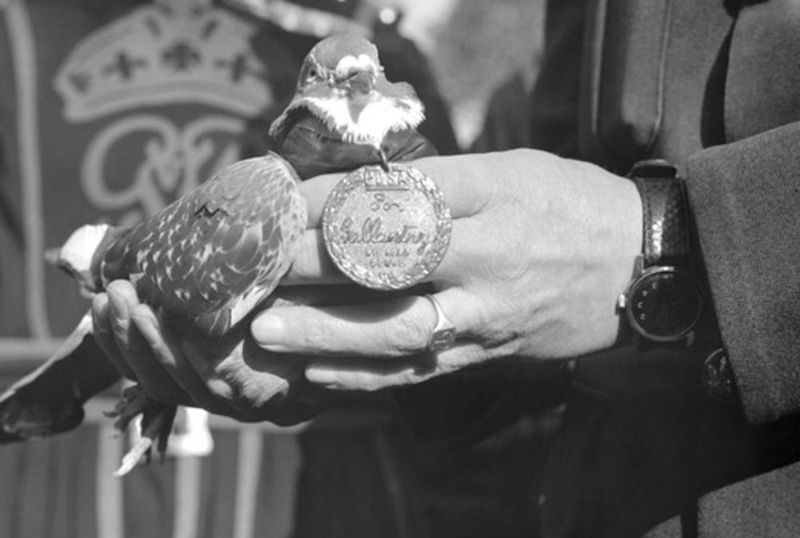
Carrier pigeons have earned military decorations for their heroic message deliveries in wartime. During World War I and II, these birds saved countless lives by carrying critical intelligence across enemy lines when other communication methods failed.
The Dickin Medal, considered the animal equivalent of the Victoria Cross, has been awarded to 32 pigeons for military valor. Modern military museums display these medals alongside the preserved remains of famous birds like Cher Ami, who delivered messages despite being severely wounded.
Annual ceremonies still honor these feathered veterans in countries like Belgium and France, where military officials release white doves as symbols of the messenger pigeons’ contributions to victory.
9. Elephants In Thai Military Parades
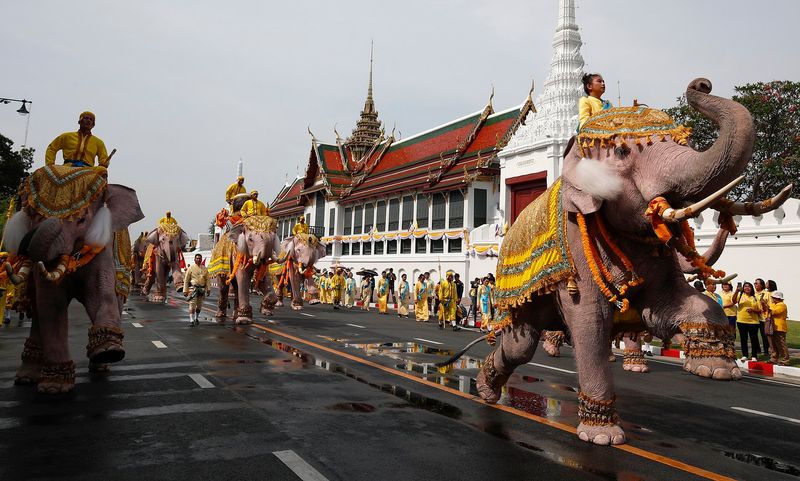
Thailand’s Royal Thai Army maintains a small elephant corps that participates in ceremonial events honoring the country’s military heritage. These massive animals, draped in gold-trimmed red cloths bearing military insignia, create an impressive sight during national celebrations.
Elephant handlers train for years to direct these intelligent animals through complex parade routes. During major military anniversaries, the elephants carry symbolic items representing Thailand’s warrior past.
The tradition connects to historical warfare when elephants formed crucial battle units. Today’s ceremonies include elephants kneeling before royal reviewing stands and performing synchronized movements that demonstrate the deep bond between handler and animal.
10. Falcons Performing Aerial Displays
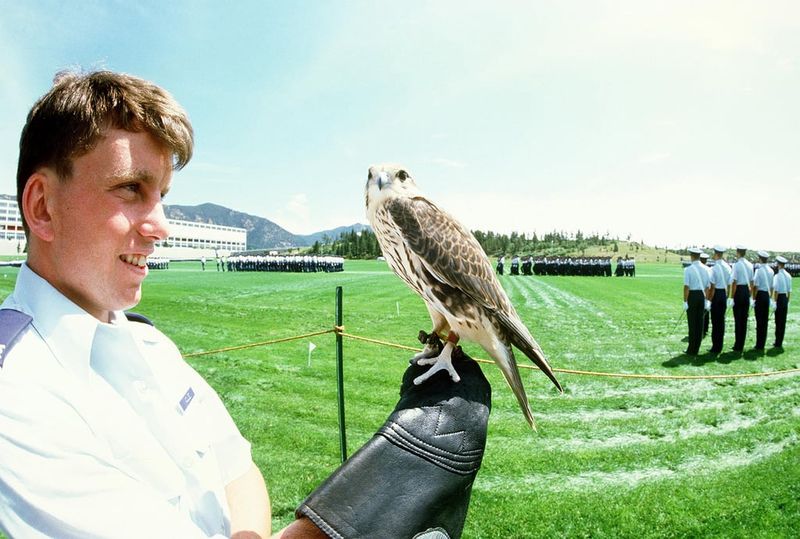
Military academies around the world incorporate trained falcons into graduation ceremonies and special events. The U.S. Air Force Academy’s mascot, a peregrine falcon named Aurora, performs spectacular flight demonstrations during cadet graduations and military reviews.
These birds of prey symbolize precision, speed, and tactical superiority – qualities military aviation strives to embody. Trained falconers in military uniform guide the birds through intricate flight patterns that demonstrate natural hunting abilities.
In Middle Eastern countries with strong falconry traditions, military celebrations often include special falcon units. These ceremonial birds wear tiny hoods decorated with military insignia until their moment to soar above assembled troops.
11. Ceremonial Drum Horses In Royal Processions
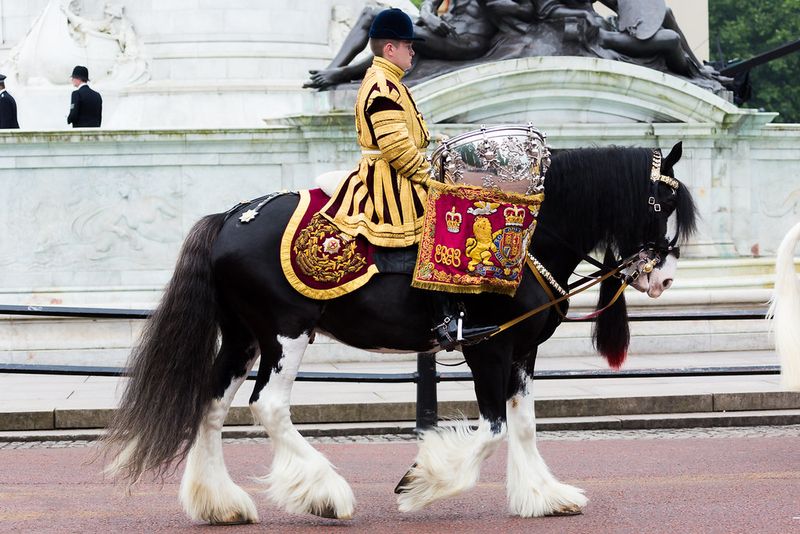
Massive Shire horses carrying silver kettledrums lead British military parades with stately grandeur. These specially trained drum horses stand over 18 hands high and must possess both strength and temperament to carry heavy ceremonial equipment while remaining calm amid noise and crowds.
The drums themselves bear royal coats of arms and battle honors dating back centuries. Drummers ride behind the drums, playing rhythms that set the marching pace for entire regiments.
During events like Trooping the Colour, these magnificent animals wear elaborate headdresses with plumes and gold-embroidered cloths that sometimes weigh more than standard military saddles. Their training takes years to perfect the steady gait required for ceremonial duties.
12. Mules Carrying Battle Colors In Mountain Regiments
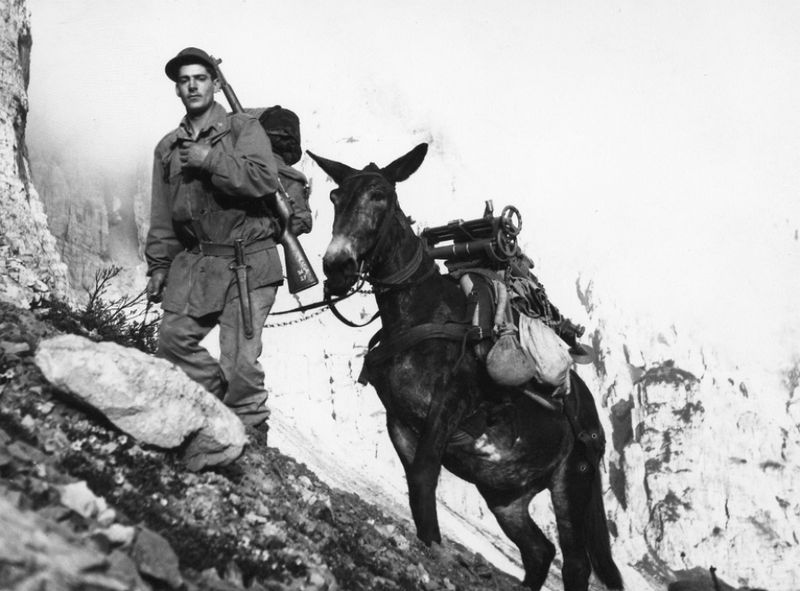
Alpine military units maintain the tradition of mules bearing regimental colors during mountain ceremonies. Italy’s Alpini mountain troops and similar units in France and Switzerland honor these sure-footed animals that historically transported equipment through terrain too difficult for vehicles.
During memorial services held at high-altitude battle sites, specially designated mules carry ceremonial flags and unit banners up steep mountain paths. These animals wear distinctive ceremonial tack featuring unit insignia and sometimes small bells that create a solemn soundtrack during processions.
Veterans of these mountain units consider it a particular honor to lead the mules during annual ceremonies commemorating famous mountain battles from both World Wars.

